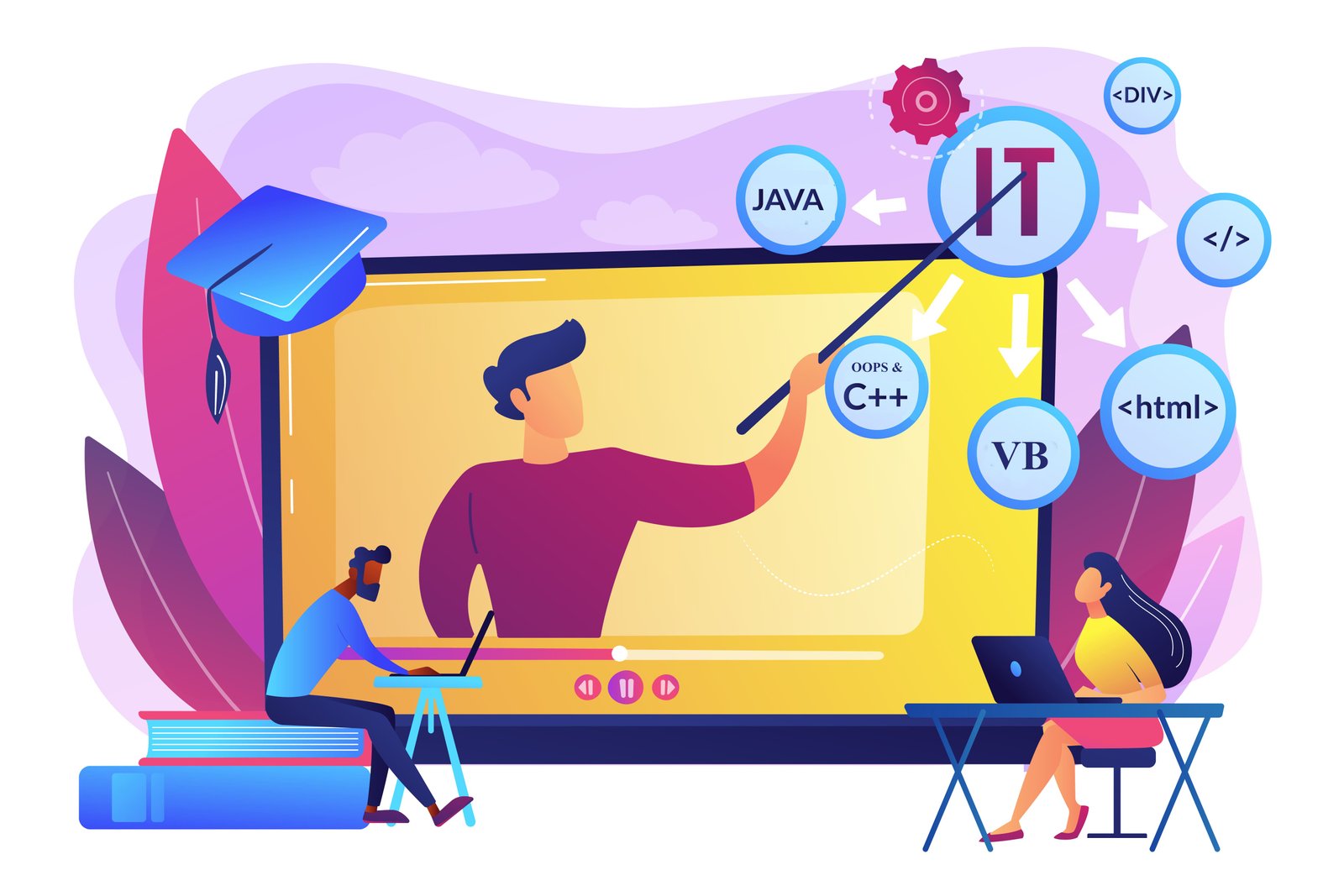
What is linux?
The Linux Kernel is the foundation for a community of open-source Unix-like operating systems. Linus Torvalds initially released it on September 17, 1991. It is a free and open-source operating system, with the source code available for commercial or noncommercial use under the GNU General Public License.
Linux began as a personal computer operating system, but it has since expanded to include servers, mainframe computers, supercomputers, and other machines.
Linux is now found in embedded systems such as routers, automation controls, televisions, digital video recorders, video game consoles, smartwatches, and other devices. Android (operating system), which is based on the Linux kernel and runs on smartphones and tablets, is Linux's biggest success. Linux has the largest installed base of any general-purpose operating system thanks to Android. A Linux distribution is a collection of Linux packages.
This course is about
Develop a solid understanding of Linux, including how to use the graphical interface and the command line, and how to work with the major Linux distribution families. Linux runs on all of the world's supercomputers, the majority of Internet servers, the majority of global financial trades, and over two billion Android devices. In a nutshell, Linux is ubiquitous. It can be found in a wide range of architectures, from mainframes to servers to desktops to mobile devices, and on a staggering array of hardware.
Furthermore, 80 percent of hiring managers said they will prioritize hiring Linux talent over other skills, and 47 percent said they are more likely to hire a candidate who has Linux certification.
This course looks at the tools and techniques that Linux system administrators and end-users use on a daily basis to complete their tasks in a Linux environment. It is intended for experienced computer users with little or no prior experience with Linux, whether they work in an individual or corporate setting.
You should have a good working knowledge of Linux, both graphical and command line, after completing this training, allowing you to easily navigate through any of the major Linux distributions. With the acquired skill set, you will be able to continue your career as a user, system administrator, or developer.
Benefits of Linux
Linux's main benefit is that it is an open-source operating system.
- This means that the source code is easily accessible to anyone, and you are free to contribute, modify, and distribute the code to anyone.
- Linux is more secure than any other operating system in terms of security. It doesn't mean Linux is completely secure; it does have malware, but it is less vulnerable than other operating systems. As a result, no anti-virus software is required.
- Linux software updates are simple and frequent.
- There are several Linux distributions to choose from, depending on your needs or preferences.
- On the internet, Linux is available for free
- It protects the user's privacy.
- Linux has significantly better performance than other operating systems. It allows a large number of people to work at once and efficiently manages them.
- It works well on a network.
- Linux has a lot of flexibility. You are not required to install the entire Linux suite; only the necessary components may be installed.
- A large number of file formats are supported by Linux.
- Installing it from the web is quick and simple. It can be installed on any hardware, including your old computer.
- Even with limited hard disc space, it completes all tasks correctly.
What you'll discover
- A good understanding of Linux
- How to get around the main Linux distributions
- Linux system configurations and graphical user interface
- Basic command-line commands
- Linux's most popular applications
Syllabus List
- Common Applications
- Linux Basics and System Startup
- Linux Philosophy and Concepts
- Local Security Principles
- Command Line Operations
- File Operations
- Graphical Interface
- Processes
- System Configuration from the Graphical Interface
- The Linux Foundation







